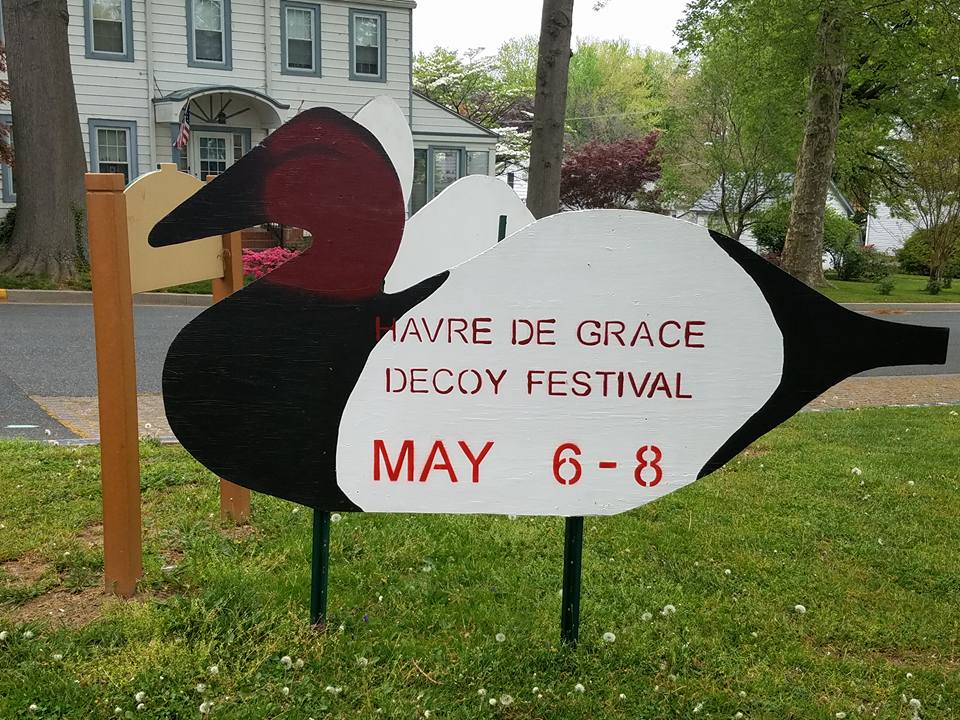Situated at the mouth of the Susquehanna River in Harford County, Havre de Grace is known for its relaxing waterfront atmosphere and historic sites, such as Concord Point Lighthouse and the currently under-restoration Opera House; it is less-well-known, but incredibly proud of an aspect of its unique cultural heritage – decoy carving.
In fact, the city is so steeped in this tradition, it has been declared the “Decoy Capital of the World.” The practice of decoy carving has been passed down for generations, originating from the necessary practice of creating hunting lures for waterfowl, it has since evolved into an art form.
Frequently included on travel sites as an oddity in Maryland, the Havre de Grace Decoy Museum is a testament to the city’s distinctive heritage. With an impressive collection of over 1,200 local decoys, the museum educates visitors with exhibits on the history of waterfowling, decoy carving, and the community.
Established in 1986, the Havre de Grace Decoy Museum serves the community by celebrating local history and preserving the cultural legacy of the master carvers and hunters who forged, what can now be described as, a form of American folk art.
EXPERIENCE THIS CENTURIES-OLD ELEMENT OF CHESAPEAKE CULTURE FOR YOURSELF:
The 35th Annual Decoy & Wildlife Art Festival begins today, Friday, May 6th and continues through the weekend with fun demonstrations and exhibits such as a carving competition, goose and duck calling competition, and gunning carving competition.
Lead in photograph from Havre de Grace Decoy Museum Facebook page. Preservation Month posts were written and prepared by Rachel Rettaliata, one of Preservation Maryland’s Waxter Interns. Rachel’s work with us focuses on communications and advocacy. She is a Fulbright Scholar, and will be attending the historic preservation program at the University of Maryland this fall. Learn more about Rachel and our intern program here: presmd.org/waxter.
If you’re really interested in decoys, you can check out our Flickr album of the Ward Brothers Workshop in Somerset County, now the Ward Museum of Waterfowl Art.

